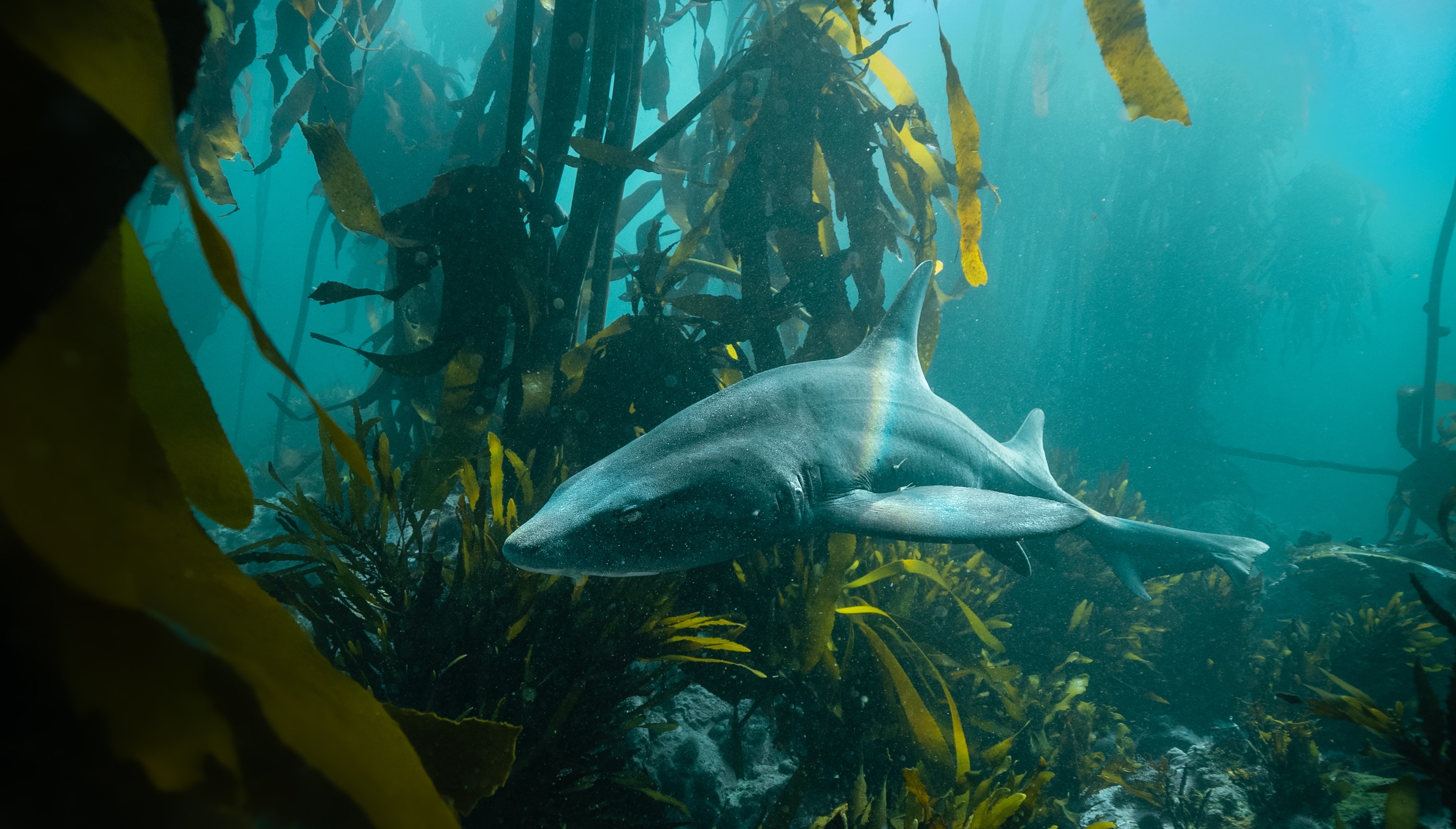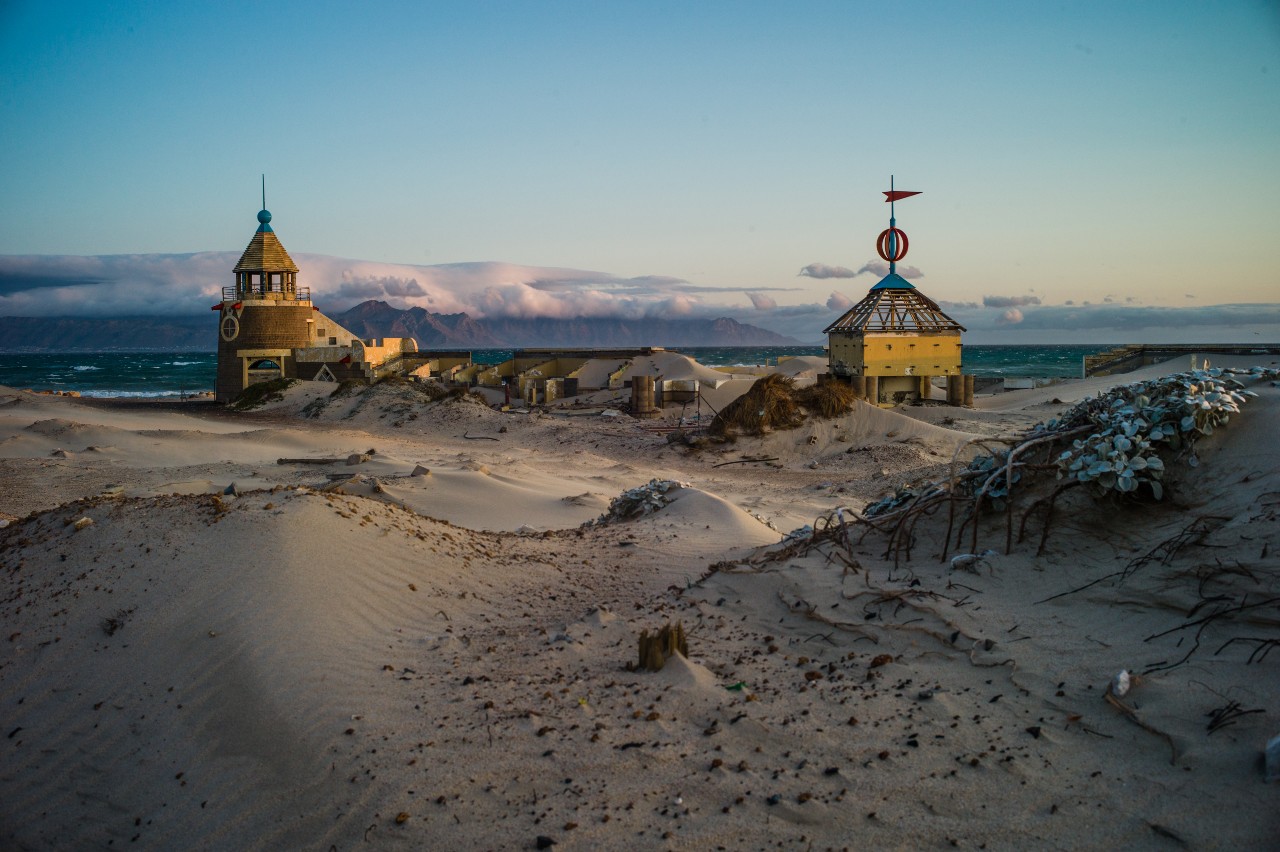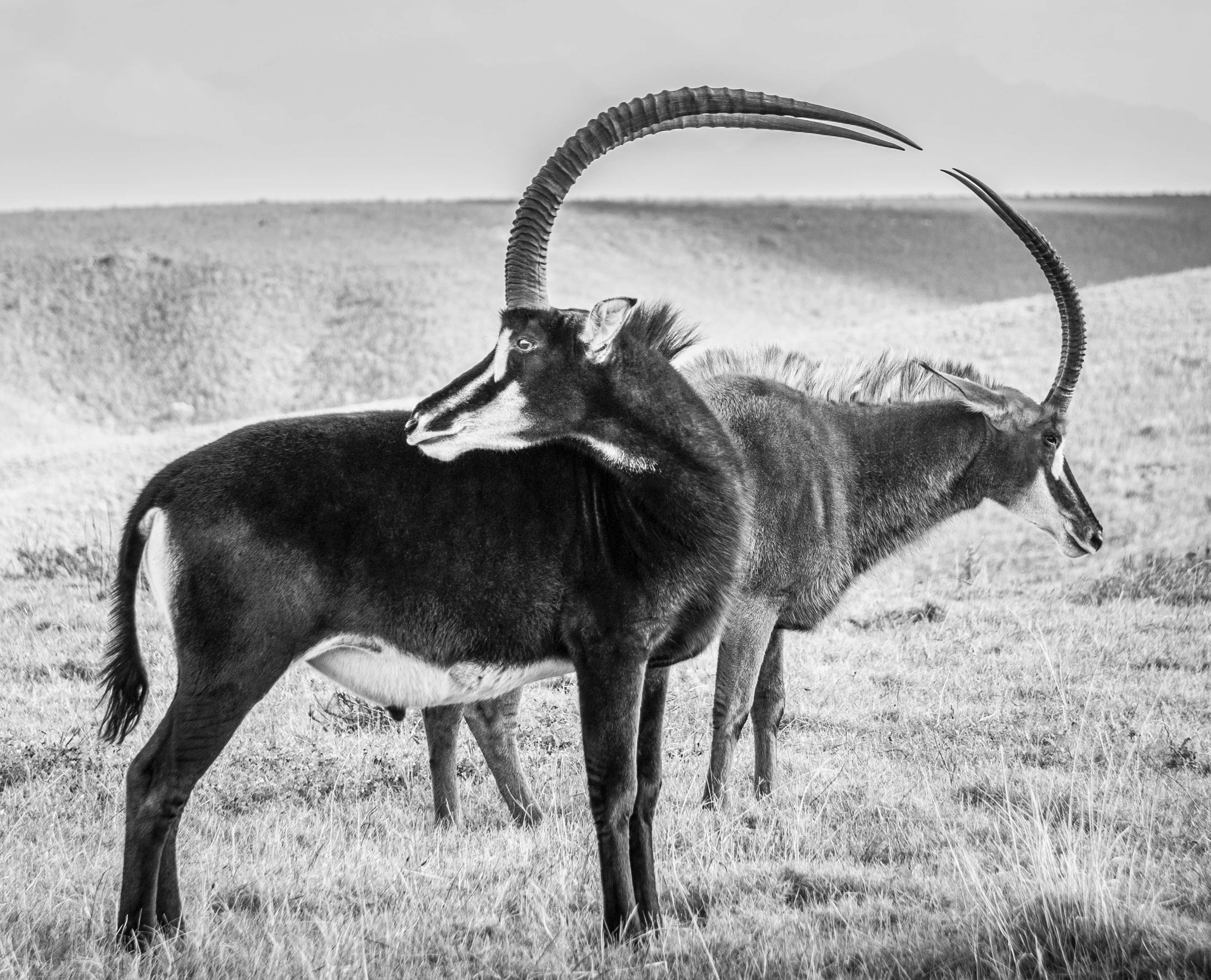Faine Loubser, a distinguished underwater photographer, takes us on a mesmerizing journey beneath the ocean’s surface. Through her lens, we experience the captivating beauty and mysterious depths of the underwater world. Loubser’s work is not just about capturing images; it’s about storytelling, exploring the intricate relationship between light, water, and the vibrant marine life that inhabits these enigmatic spaces.
How did you get started in underwater photography, and what initially drew you to this field?
My journey into underwater photography began through my deep connection with the ocean, instilled in me as a child by my parents. Their stories of ocean adventures in Namibia and the kelp forests of Cape Town were my initial inspiration. I think this early exposure to the wonders of the marine world naturally led me to document it through photography and filmmaking.
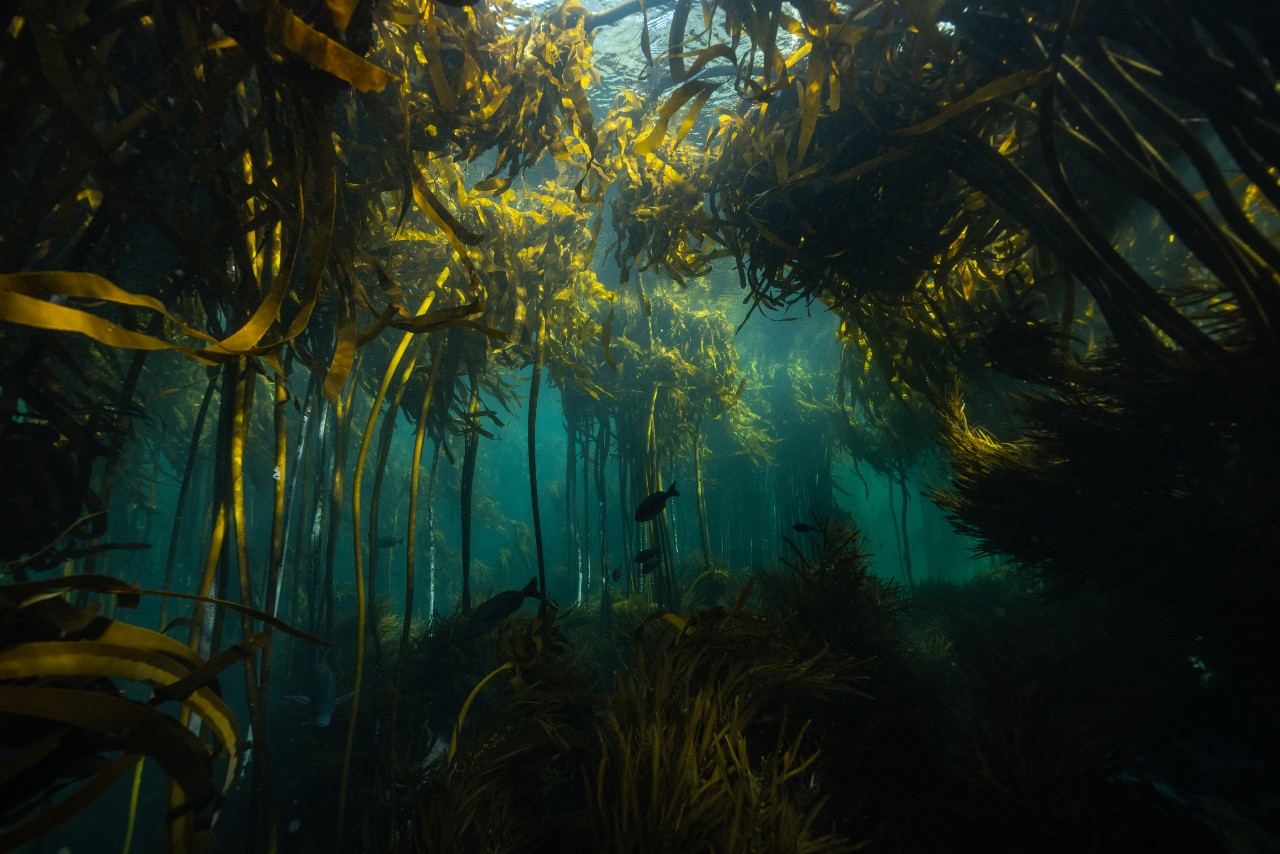
Can you describe your favourite or most memorable underwater photography experience or project?
A standout experience was working on the Netflix documentary “My Octopus Teacher.” This project taught me the importance of patience in capturing the intimate aspects of marine life. The film’s slow, dedicated process over the years allowed for a deep connection with the subject, reflecting the slower rhythms of nature itself.
What types of underwater environments do you prefer to photograph (e.g., coral reefs, shipwrecks, marine life), and why?
I am particularly drawn to kelp forest ecosystems. These ocean forests offer a unique, cathedral-like environment, rich in biodiversity and distinct from other underwater habitats. The intricate interplay of light and shadow in these forests creates a magical setting for photography.
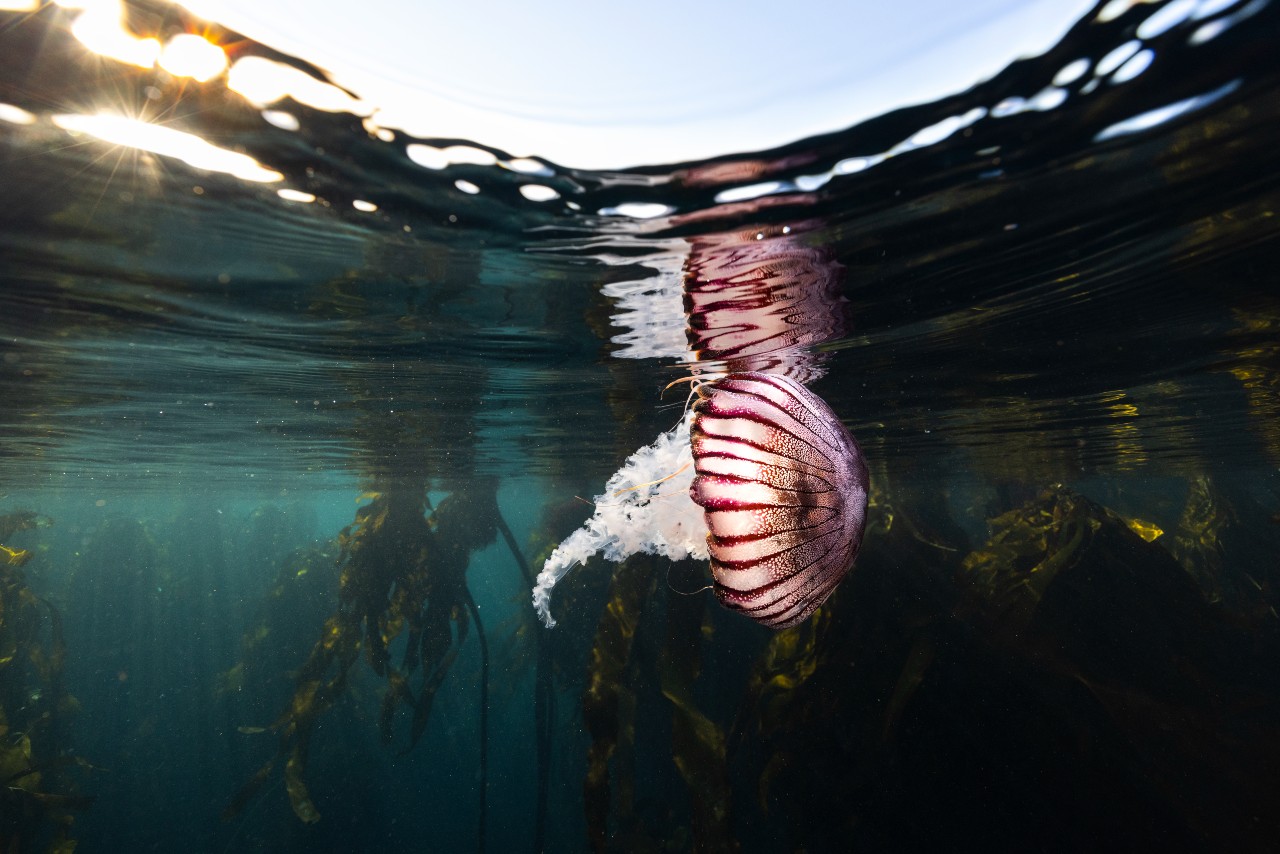
Could you share some of the challenges you face as an underwater photographer and how you overcome them?
One significant challenge is the variable lighting conditions, especially in kelp forests where light can be scarce. I’ve learned to adapt to these conditions, using the natural light available to create depth and contrast in my images. Also, being far out at sea in sharky territories can be intimidating, but I find solace in the safety provided by dense kelp patches.
What equipment and camera gear do you typically use for your underwater photography, and how do you maintain it in aquatic environments?
For my underwater photography, I use a Canon R5 camera housed in a Nauticam casing. The key to maintaining this equipment in a salty marine environment lies in thorough post-use care. It’s crucial to give the camera and housing a long soak in fresh water after each dive. This helps to remove any salt residue which can be corrosive. Equally important is ensuring that every button and dial is moved and wiggled during this soaking process. This helps dislodge any salt particles that might have settled in the crevices or moving parts of the camera and housing.
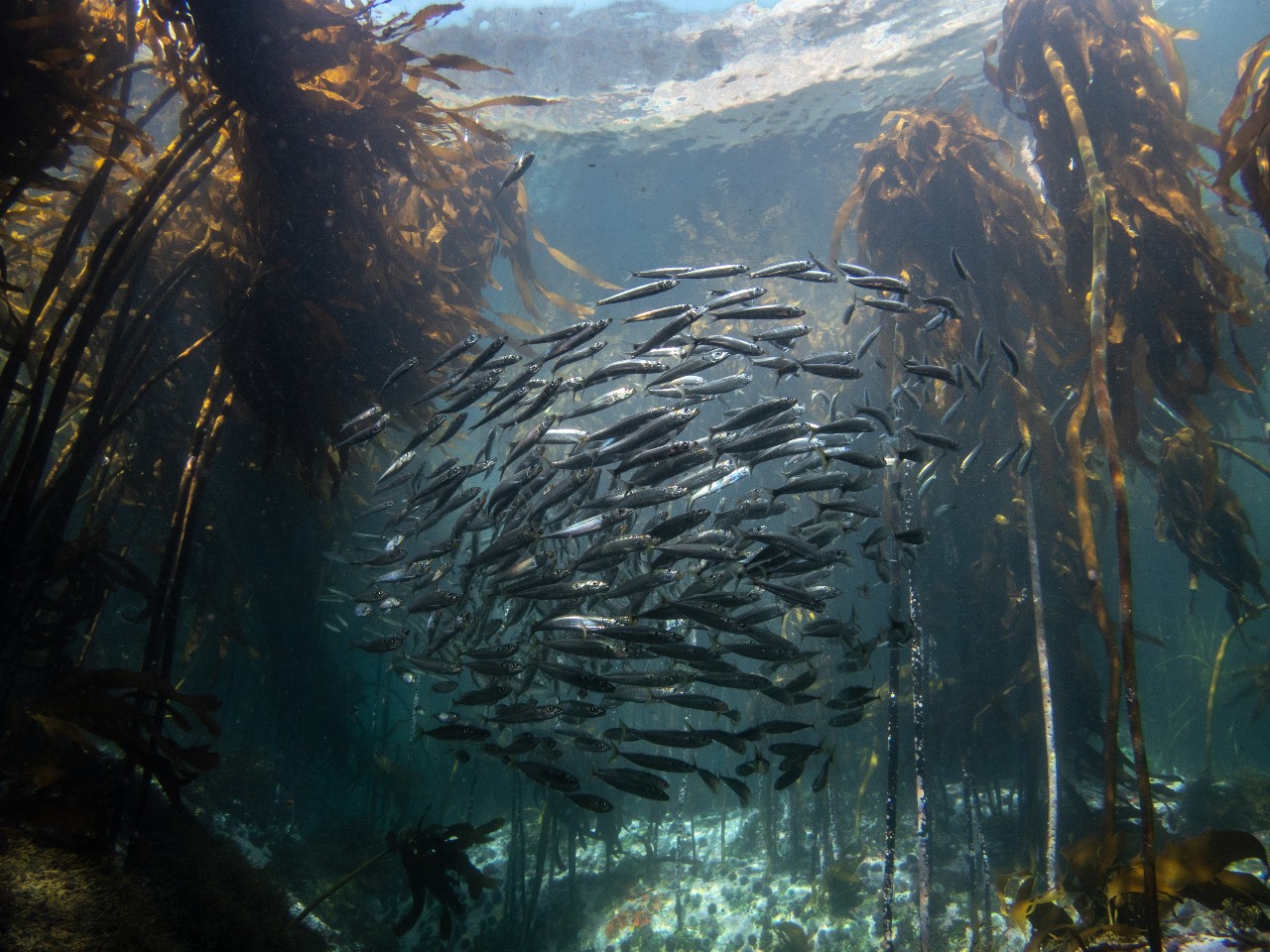
How do you plan and prepare for an underwater photoshoot? What safety precautions do you take?
The key to planning successful underwater shoots, especially in the Cape Peninsula, involves closely tracking the weather conditions, with a specific focus on the wind, sun, and swell. These factors are crucial in determining the visibility underwater, which is a primary concern for capturing high-quality images. For example, in the Cape Peninsula, a few days of south-easterly winds combined with a small swell often creates a two-day window for diving in the Atlantic. Conversely, diving in False Bay requires a north-westerly wind for optimal conditions.
Regarding safety, especially when free diving, I adhere to the principle of staying in the ‘green zone.’ This means I avoid pushing myself beyond my comfort level, especially when diving alone, which I sometimes do. Staying within this green zone is crucial to prevent shallow water blackouts, a serious risk for freedivers.
Lighting plays a crucial role in underwater photography. Can you discuss your preferred lighting techniques or equipment for capturing underwater scenes?
Honestly, natural lighting is my favourite. Underwater, everything is filtered, so it creates a beautiful feeling. I love the interplay of light and shadow in the kelp forests. But when it comes to macro imagery, lighting is pretty important. For this, I have two Kelden 10,000-lumen lights. I chose video lights over strobes to have the flexibility as I do film and photograph underwater.
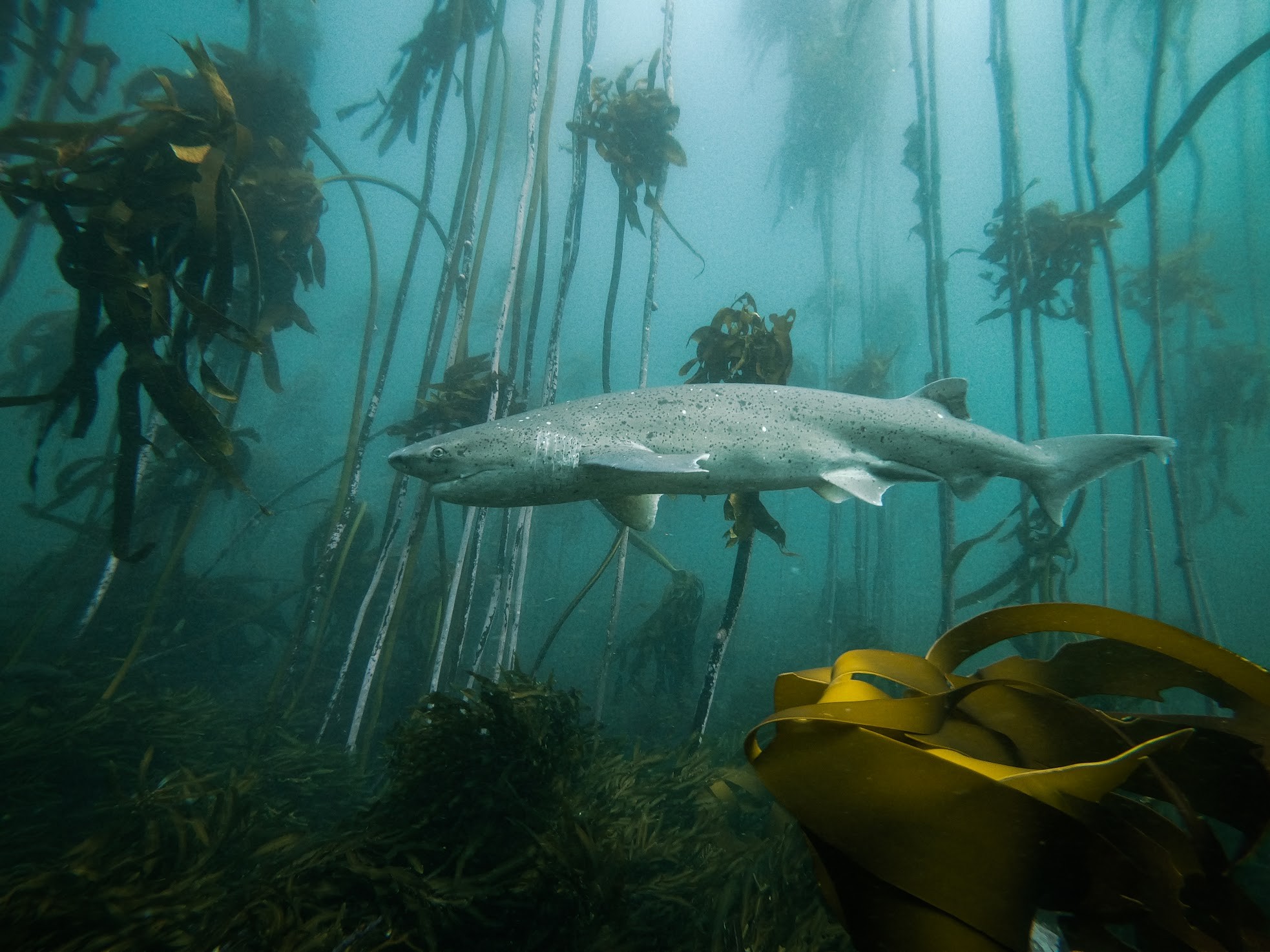
What are some of your favorite marine species to photograph, and do you have any tips for getting the best shots of them?
I love seven-gill cow sharks. Their distinct prehistoric features and huge presence make for a pretty epic subject. But they have been scarce recently. Fur seals, sea lions, and otters are also super fun to work with as they’re incredibly curious. But I think my favourite animals are the huge schools of Hottentot. It’s like having a flock of little birds approaching you.
Regarding tips, I think the wisest thing I’ve ever heard was from a friend of mine who said that for him, the determining factor is whether the animal wants its photo taken or not. I.e., don’t chase an animal for the shot. The best images come from the animals who are engaged and interested in your presence, not ones who are fleeing. This takes a lot of patience, but then the magic happens!
Can you share some tips for aspiring underwater photographers, including how to start and develop their skills in this niche?
Do the deep work! Spend as much time as possible in your chosen environment. Familiarity with the ecosystem, its creatures, and varying conditions enhances the chances of capturing compelling images.
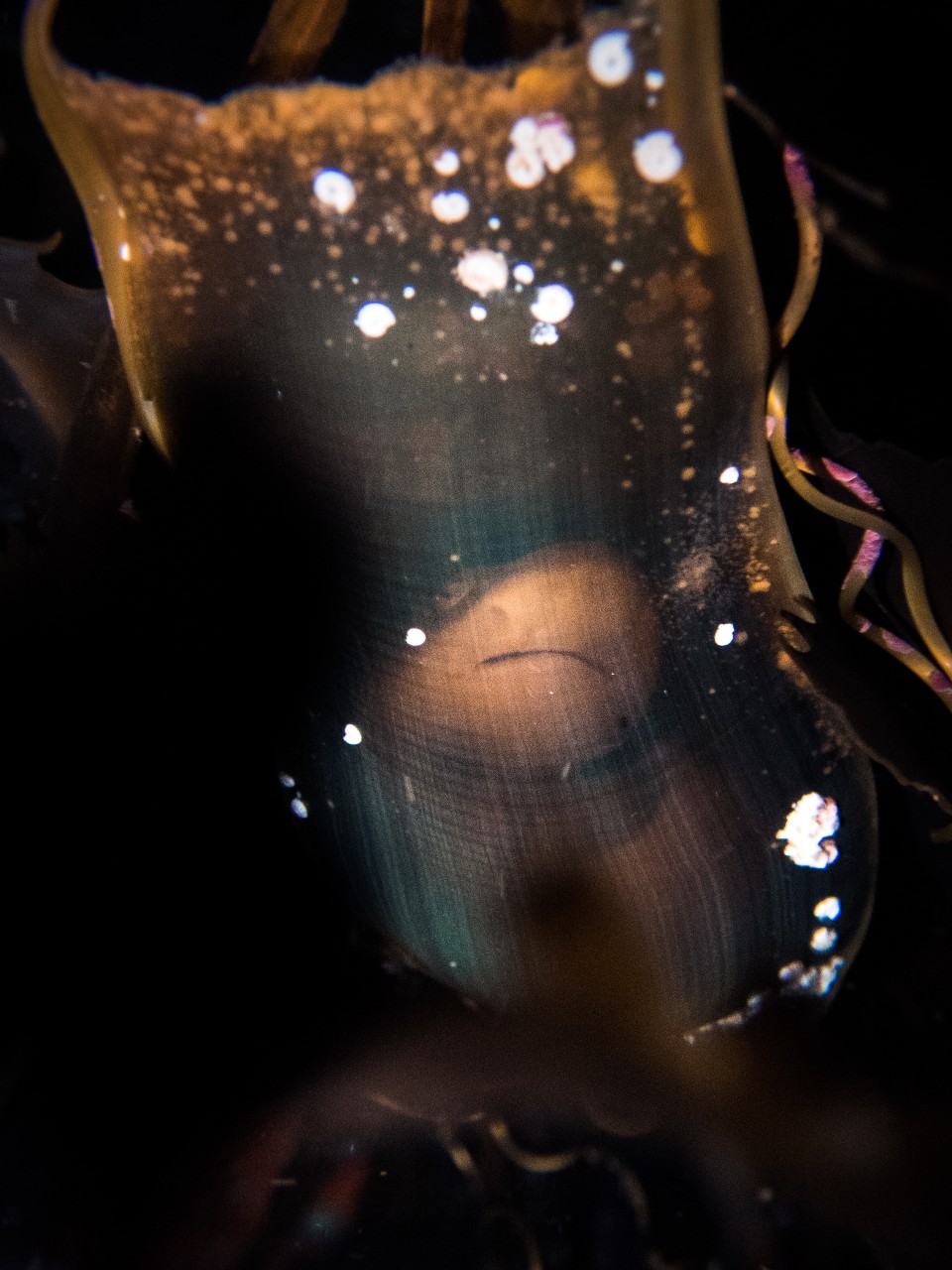
What are your thoughts on the importance of conservation and ethical practices in underwater photography, especially in fragile marine ecosystems?
Again, don’t chase animals. If they allow themselves to be photographed that is your privilege. And then, generally speaking, body consciousness is super important. Be aware of how you’re placing yourself, where your fins are, and what you might knock or bash. Kelp forests are pretty hardy, but some of the reef life can be very sensitive. And then, the last thing for me would be, despite its apparent stinginess, don’t share special locations, and the reason not to is to protect it. More people equals more wear and tear.
Have you ever had close encounters or memorable interactions with marine life while photographing underwater? If so, please share some anecdotes.
Lots! From whales to 400kg sea lions, a jellyfish with a bell almost a meter in diameter and tentacles way over 5 meters. My favourite encounters have been with cape clawless otters. I had two playing with me, touching my legs, grabbing my hand, etc.
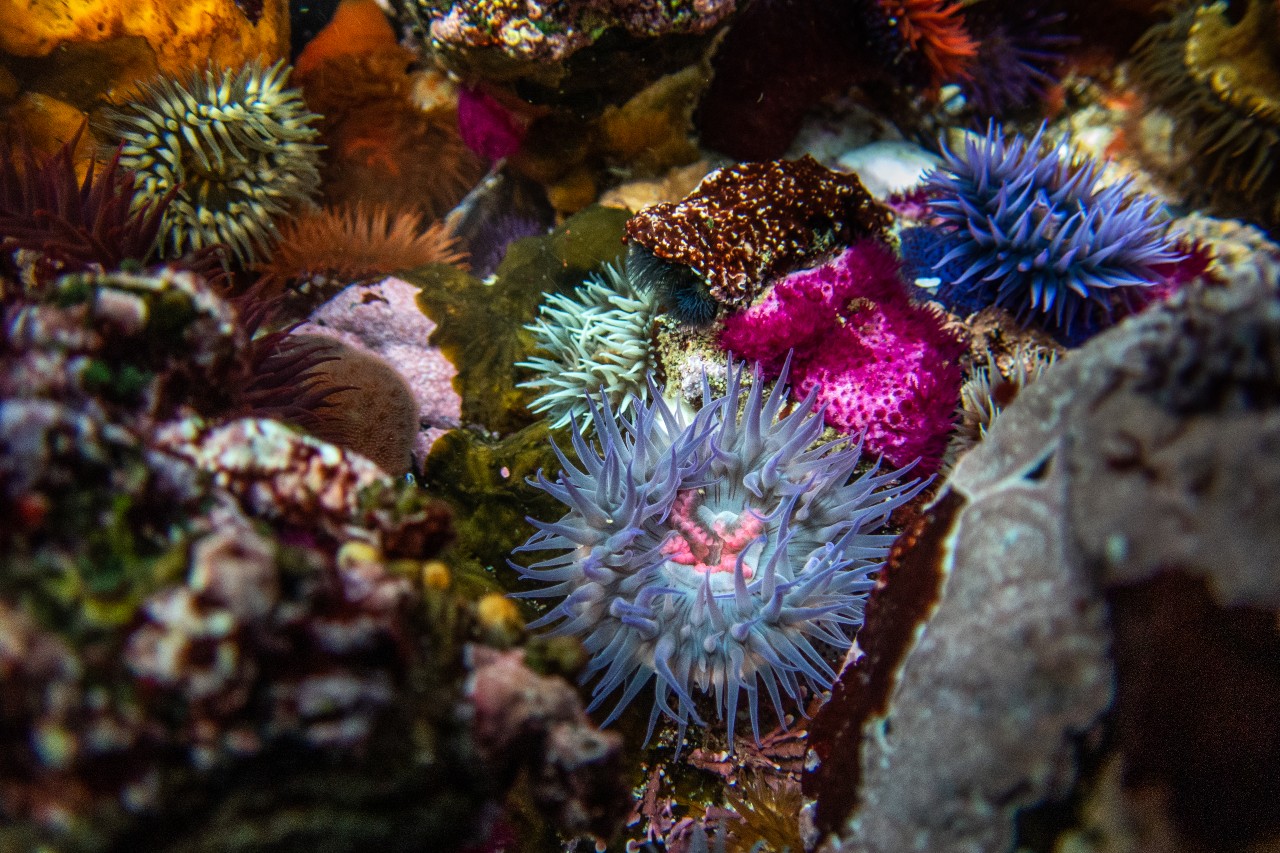
How do you choose your photography locations, and do you have a bucket list of underwater destinations you’d like to explore and photograph?
At the moment, I spend a lot of time on the Atlantic seaboard side because it’s close to where I live. I am choosing to know my most local ecosystem. In terms of a bucket list, I don’t really have one. I think almost any place you go with kelp is bound to have the magic somewhere.
Can you share some tips for aspiring underwater photographers, including how to start and develop their skills in this niche?
Start with something like an Olympus Tg-6. It gives you great flexibility to shoot wides if you get the wide adaptor and macros. And then just make a practice of photographing and being in the water as much as possible. The more familiar and comfortable you are, the more the world opens up to you.

